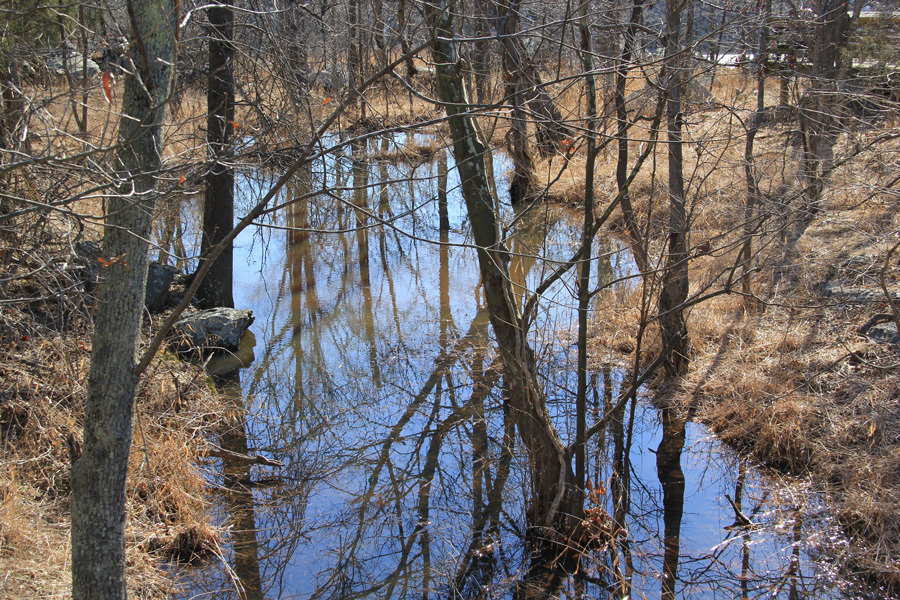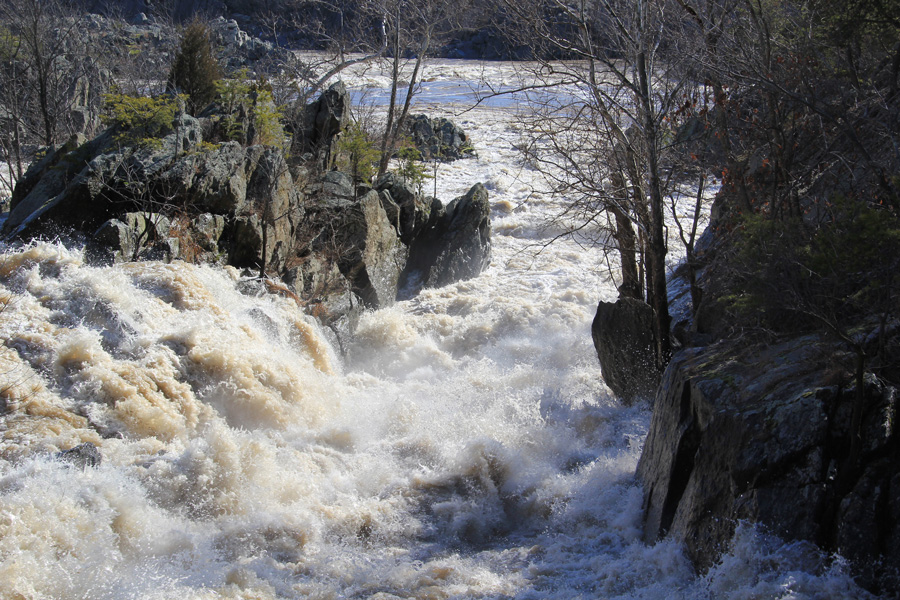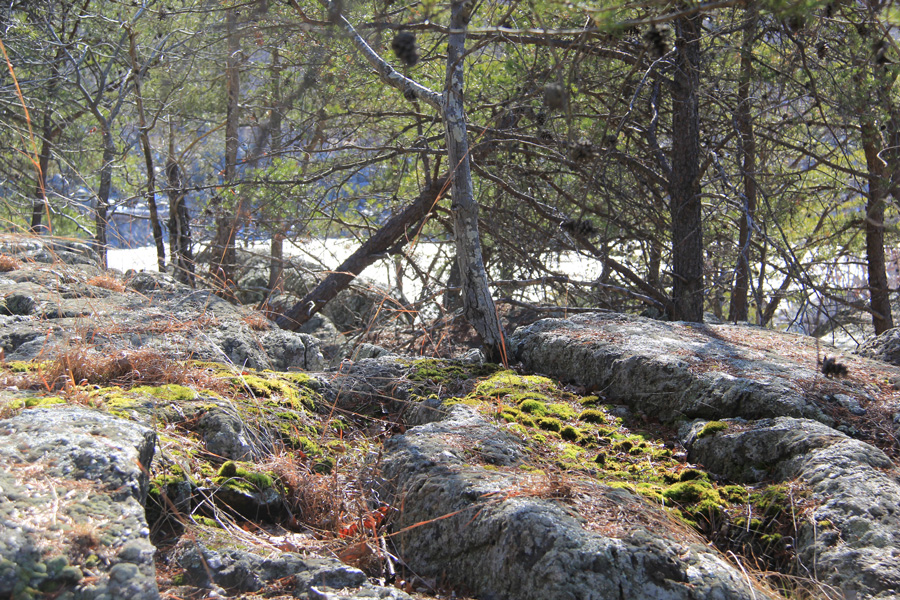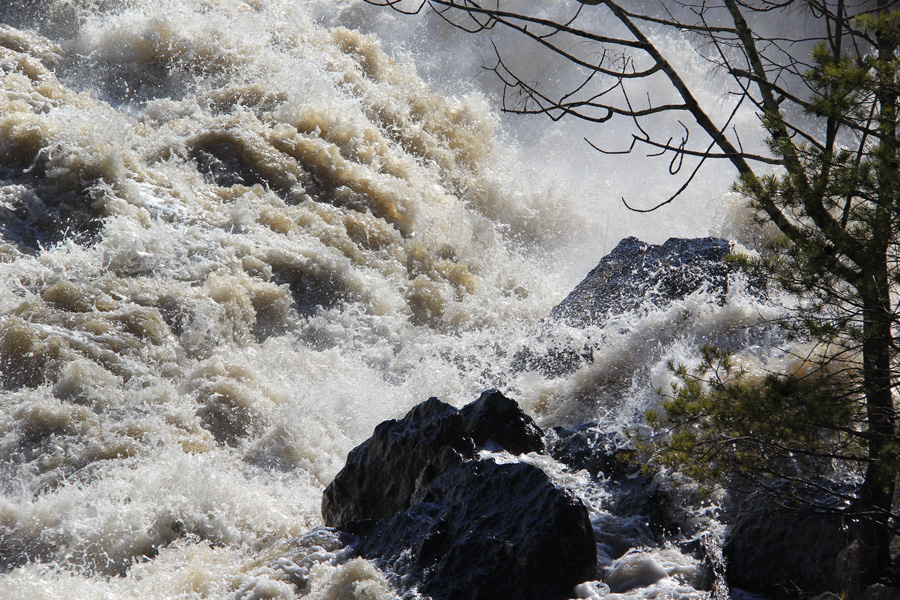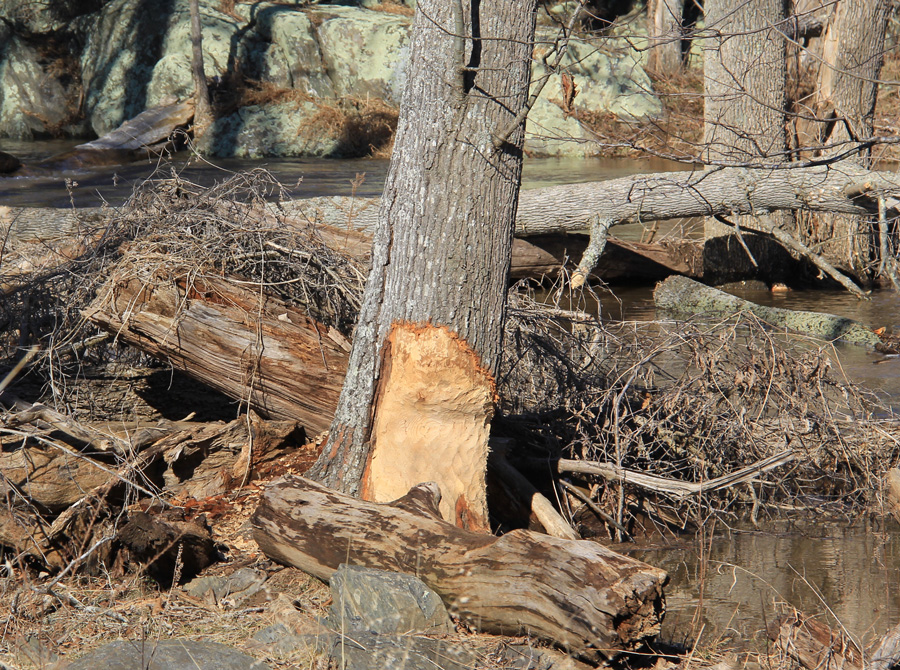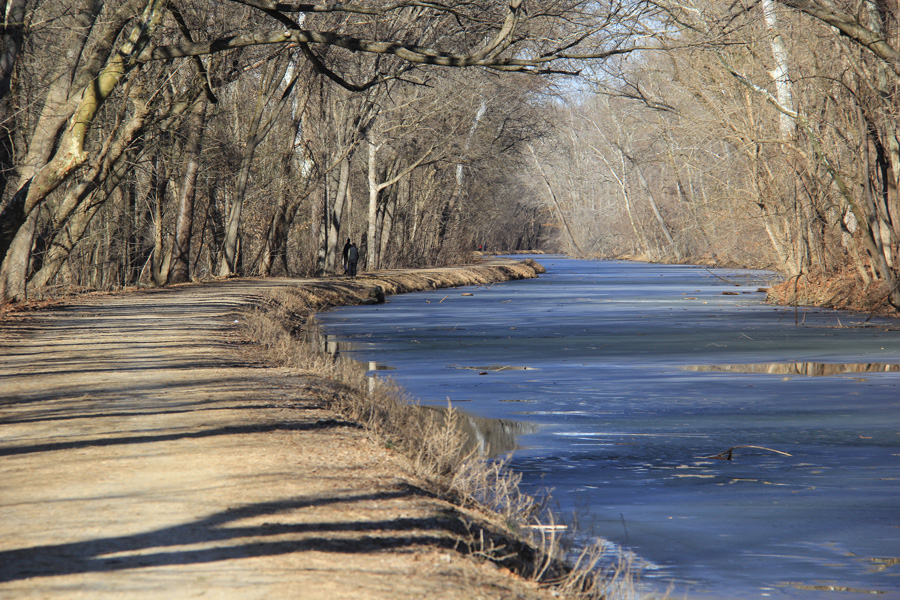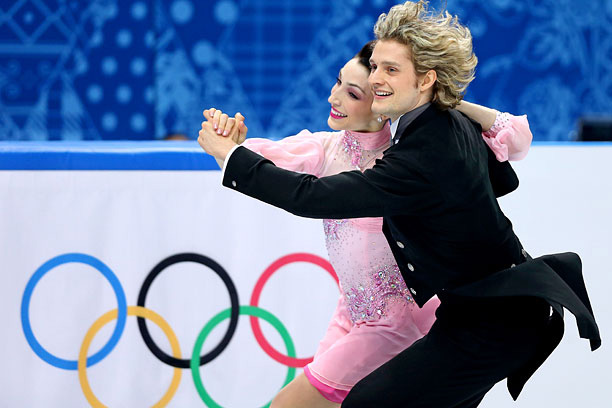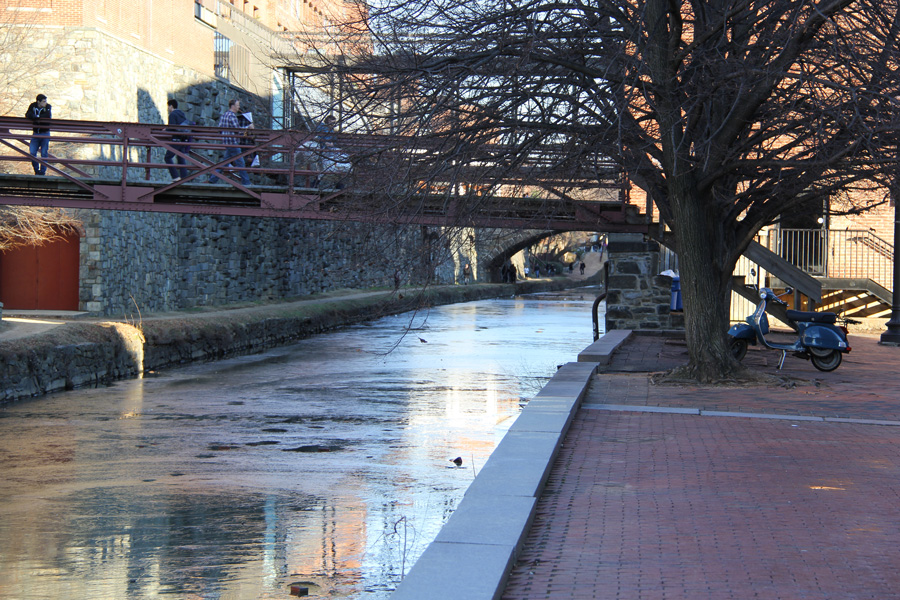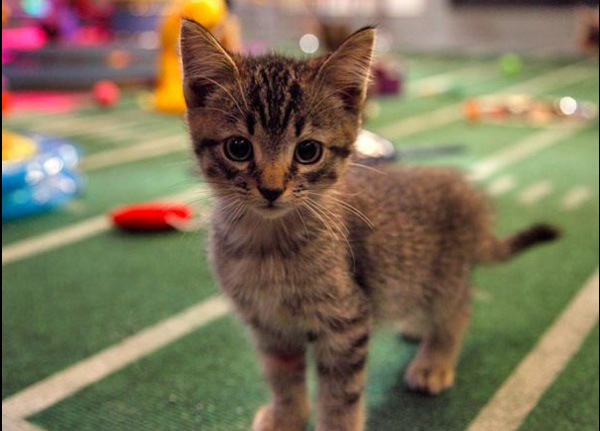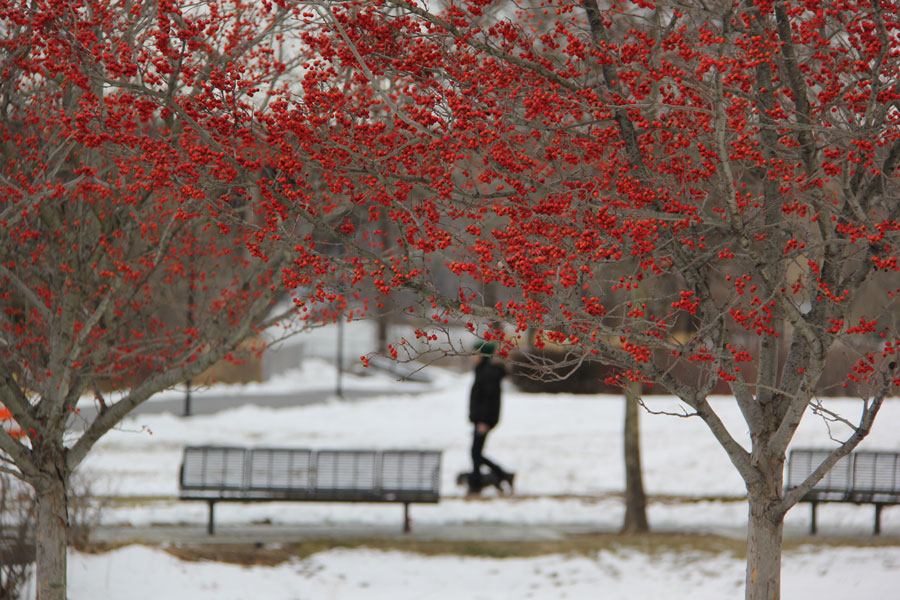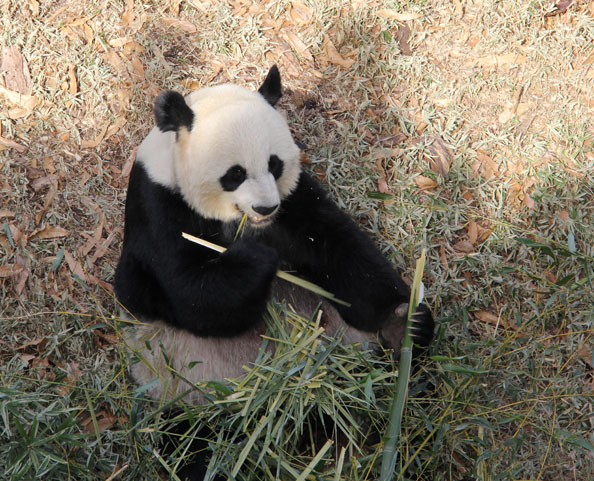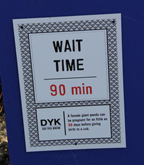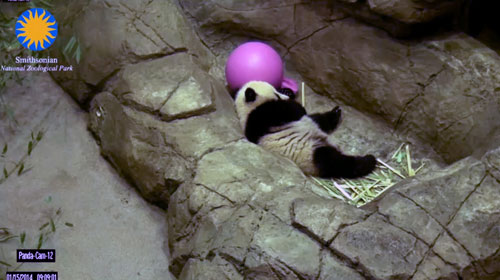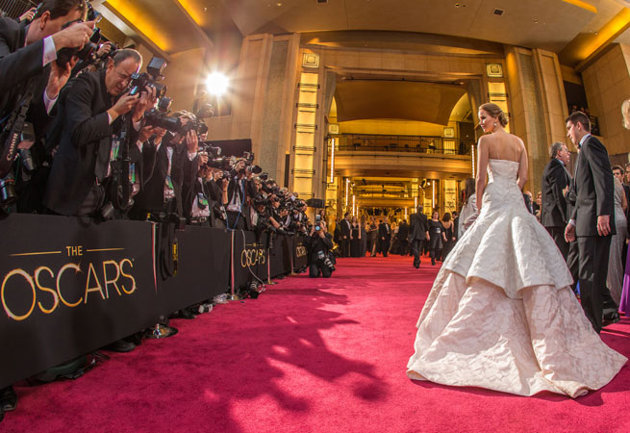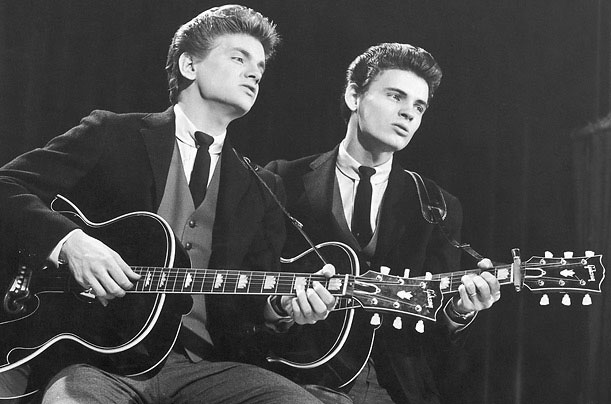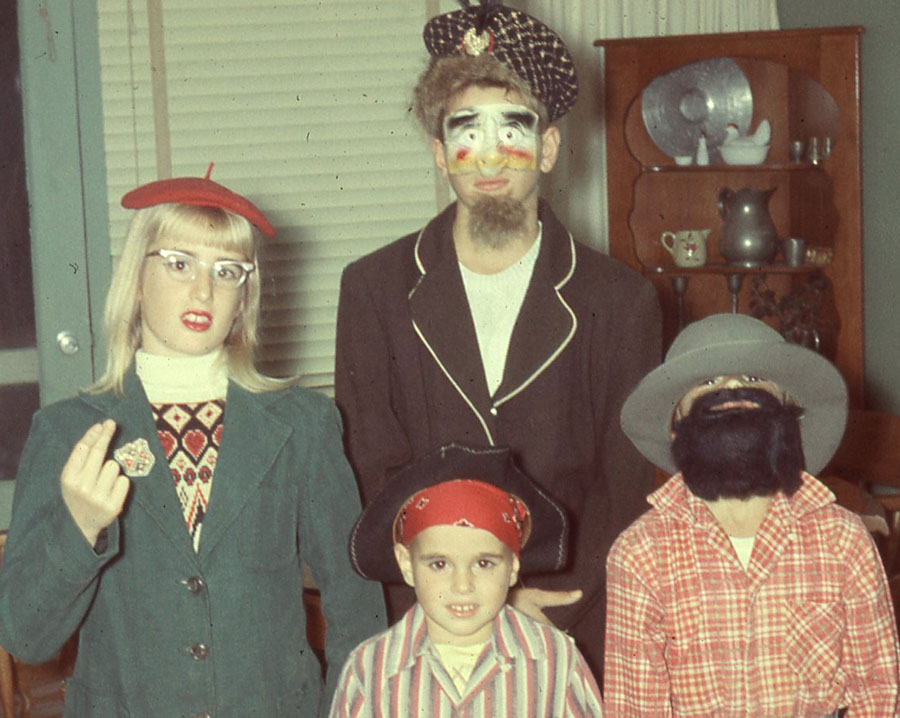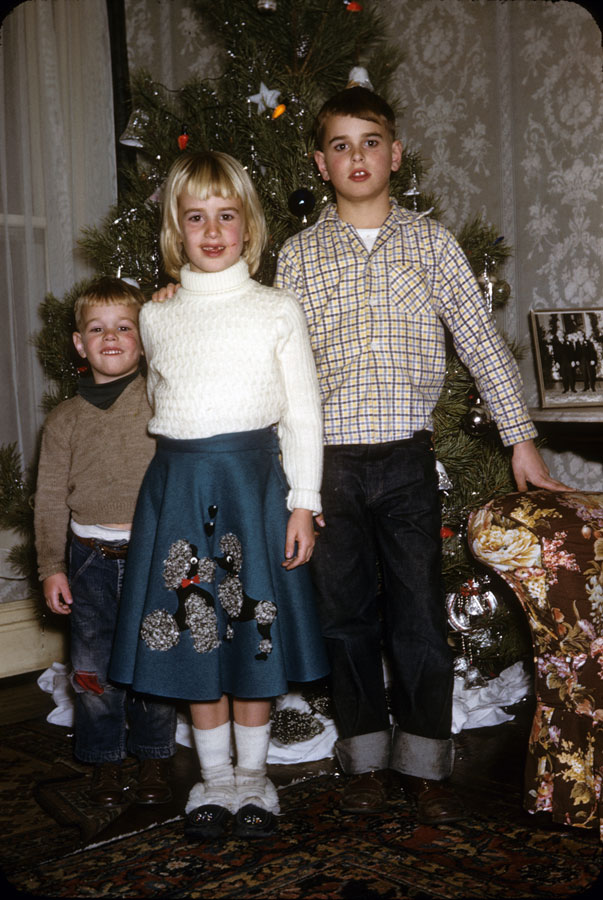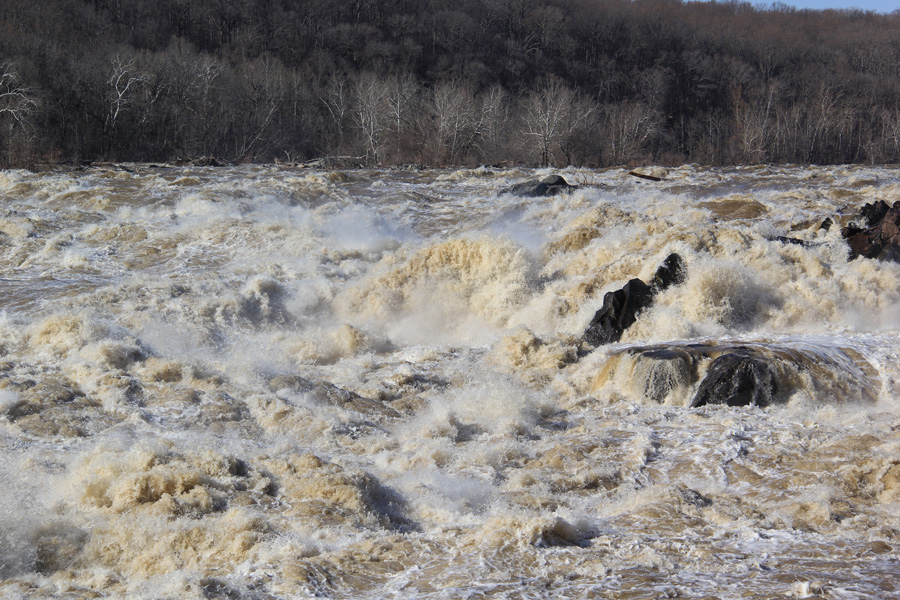
The sun came out and the temperatures rose above 60 for two glorious days this past weekend.
That might not mean much to folks living in southern California, but on the East Coast the last couple of months have been something of a trial by snow shovel. Now it’s almost March and the novelty has worn off. Thus, in celebration of sunshine on a weekend, we made a pilgrimage to a favorite local park.
Having grown up in Northern Virginia, I thought I’d seen all Great Falls National Park had to offer. But I’d never seen the falls from the Maryland side.
On the Virginia side Great Falls Park is a small (800 acres) National Park with views of the falls from three overlooks which keep spectators at a safe distance high above the powerful falls.
On the Maryland side, the falls are part of the Chesapeake & Ohio Canal National Historical Park, which includes miles of trails in addition to the 184-mile canal path that runs from Georgetown to Cumberland. You could spend a lot of time exploring the history of the canal, but our mission was simple: see the falls from a new perspective. Since we have been getting every variety of precipitation for months, I anticipated seeing some high water. But I never imagined I’d be able to get so close to it.
To me, the greatest feature of the Maryland side of Great Falls is Olmsted Island. Carefully planned to preserve and protect the delicate habitat which thrives in the rugged rocks through which the river flows, the island has a well-designed wooden walkway that allows viewers to see the falls from multiple viewpoints as they approach the grand vista on the river. On the day we were there the sound of the falls was thunderous and the overlook was packed with visitors taking selfies with their phones.
No one photo can truly do justice to the falls, but it’s impossible to resist the urge to try.
